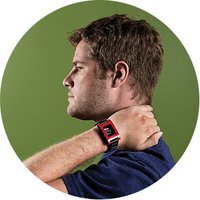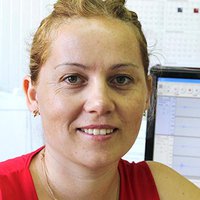Computer & electronics hardware
Caroline Buckee
Cell phones can become a weapon against disease.
Photograph by Adam DeTour; data from World Health Organization

Global
Hao Li
Smarter animation bridges the gap between the physical and digital worlds.

Latin America
Marcos Chaparro
He has created a low cost electrocardiograph that connects to mobile phones and to the cloud

Global
Eric Migicovsky
How he invented the smart watch.

Europe
Larisa Dunai
Acoustic system for detecting obstacles by blind people
